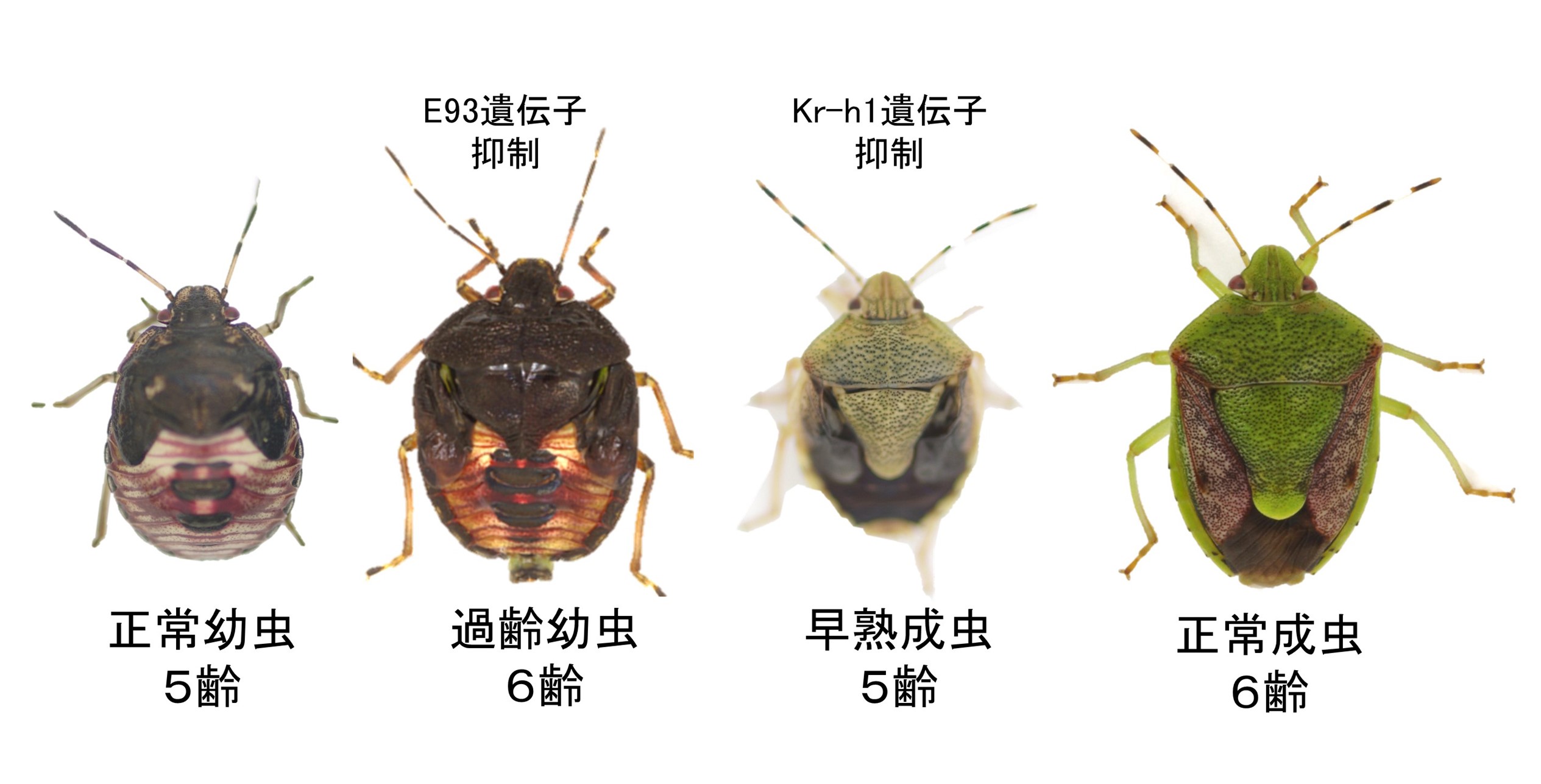DATE2023.09.26 #Press Releases
Insects switch the form and function of their gut symbionts and their habitats through
Disclaimer: machine translated by DeepL which may contain errors.
~Larvae for fungus retention and their own growth, adults for food digestion and absorption and for reproduction ~Marginalia for food digestion and absorption and for reproduction
National Institute of Advanced Industrial Science and Technology (AIST)
Graduate School of Science, The University of Tokyo
Japan Science and Technology Agency (JST)
Summary of presentation
Minoru Moriyama, Senior Staff, Ryo Futahashi, Senior Chief Scientist, and Takema Fukatsu, Chief Scientist (concurrently Professor, Graduate School of Science, The University of Tokyo) of the Research Group for Symbiotic Evolutionary Mechanisms, Bioprocess Research Division, National Institute of Advanced Industrial Science and Technology (AIST), have collaborated with Sayumi Oishi, former Technical Trainee, AIST, and Masaki Mizutani, then Postdoctoral Fellow, Department of Biological Sciences, Graduate School of Science, The University of Tokyo. (at the time), a former AIST Technician Trainee and Masaki Mizutani, JSPS Research Fellow at the University of Tokyo, have shown that (i) the morphology and function of symbiotic organs that develop at the posterior end of the digestive tract differ between larvae before metamorphosis and adults after metamorphosis, and (ii) the switch of symbiotic organs from the larval to the adult form of the gut is essential for survival in the chabaena beetle, the larvae of which are the most important organisms in the gut. (ii) the switch from larval to adult symbionts is controlled by a metamorphosis-regulating gene, (iii) larval symbionts are specialized for the retention of intestinal symbiotic bacteria, whereas adult symbionts additionally perform food digestion and absorption, and (iv) adult symbiotic bacteria synthesize large amounts of amino acids required for eggshell formation. (v) These metamorphosis-associated changes in both the stink bug itself and its gut symbionts support the vigorous reproductive capacity of adult stink bugs, which consume large amounts of food and lay egg masses every few days.
This study revealed that metamorphosis, one of the factors that support insect diversity and prosperity, regulates not only the insects themselves but also the function of the symbiotic bacteria in their gut. This is an important achievement that reveals a high degree of functional integration between different organisms in a symbiotic relationship, and may contribute to the development of pest control methods targeting the mechanisms of metamorphosis and symbiosis.
Details of the results of this research will be published online in the journal Proceedings of the National Academy of Sciences of the United States of America during the week of September 25, 2023 (EST). It will be published online.

Figure 1: Genes controlling the metamorphosis of the chubby stink bug were manipulated to produce individuals that lost their timing to become adults (second from left) and those that became adults earlier than the normal molting frequency (third from left).
For more information, please visit the website of the National Institute of Advanced Industrial Science and Technology (AIST ).
Journals
-
Journal name Proceedings of the National Academy of Sciences of the United States of AmericaTitle of paper Regulation and remodeling of microbial symbiosis in insect metamorphosis


